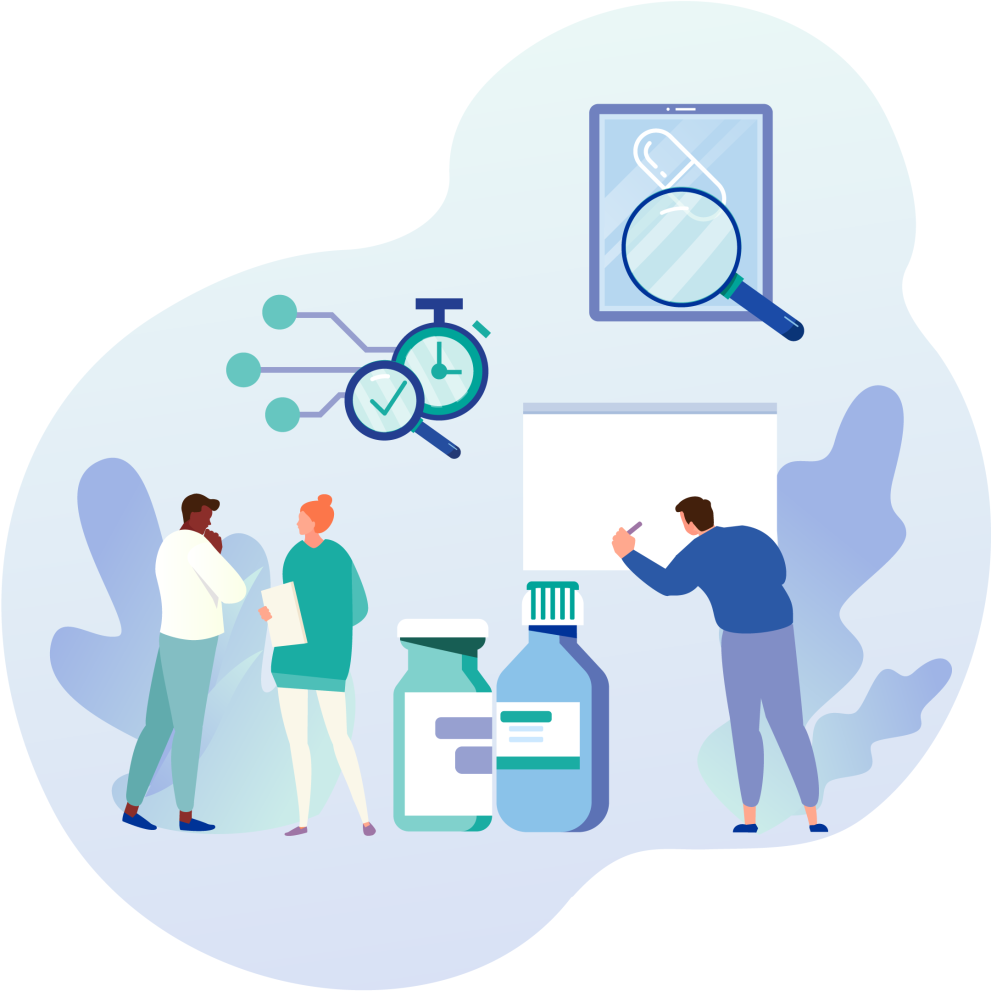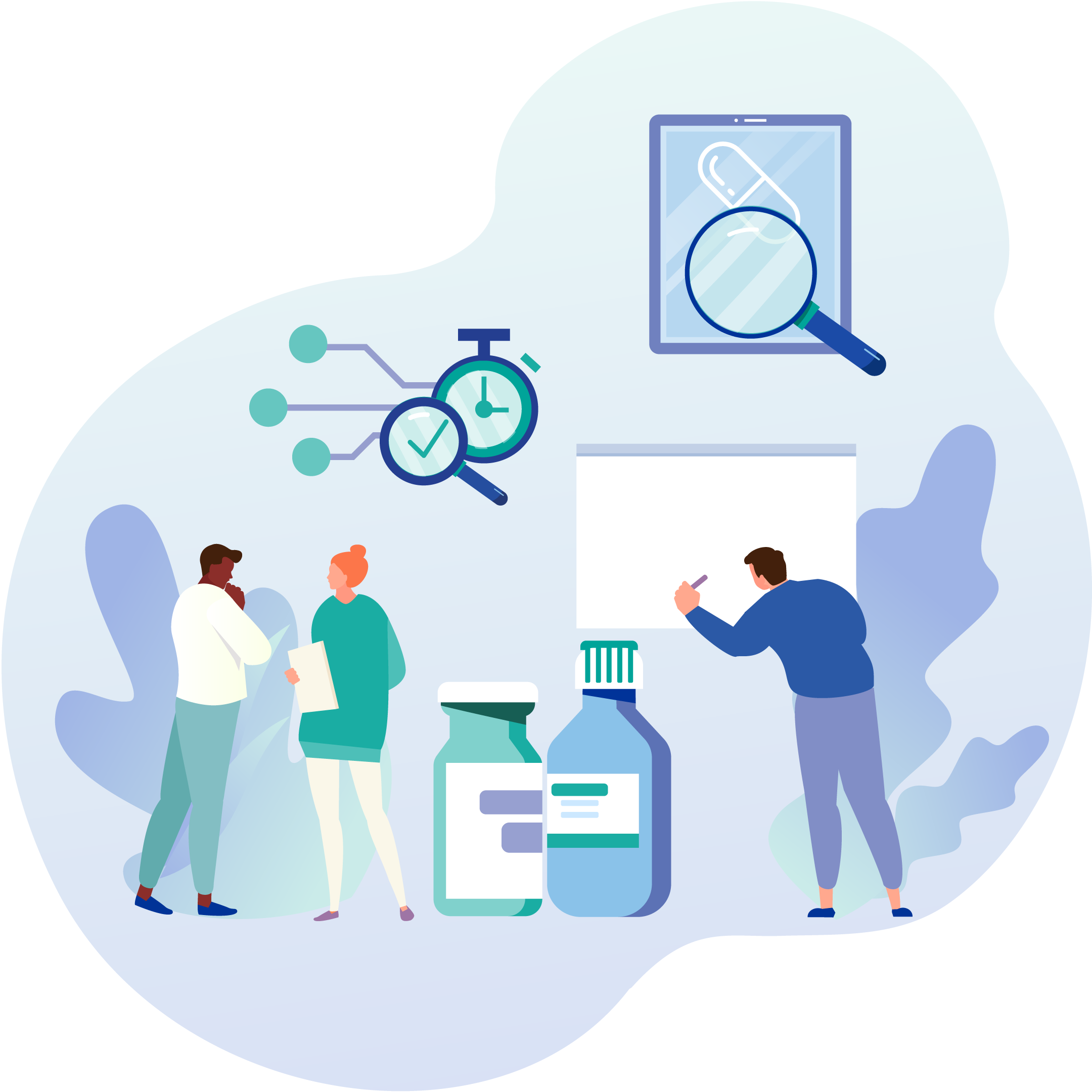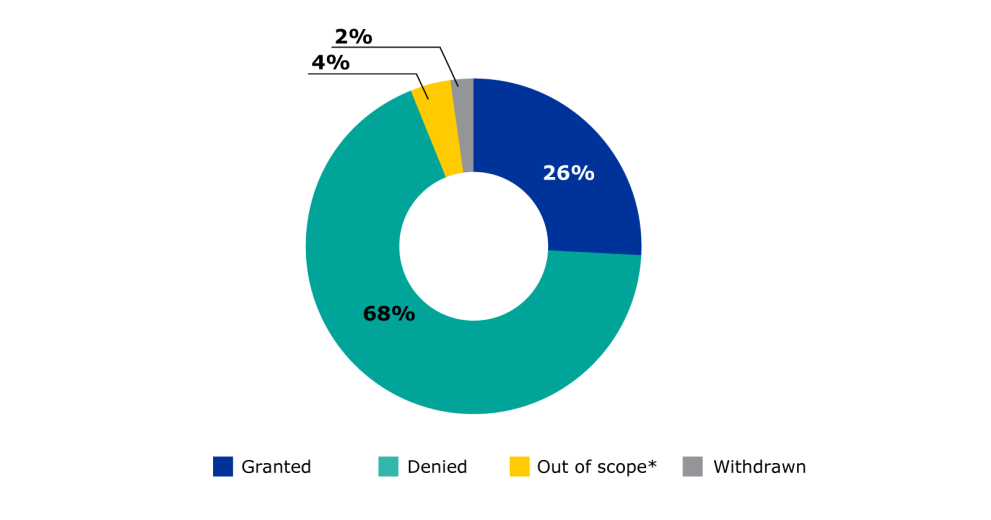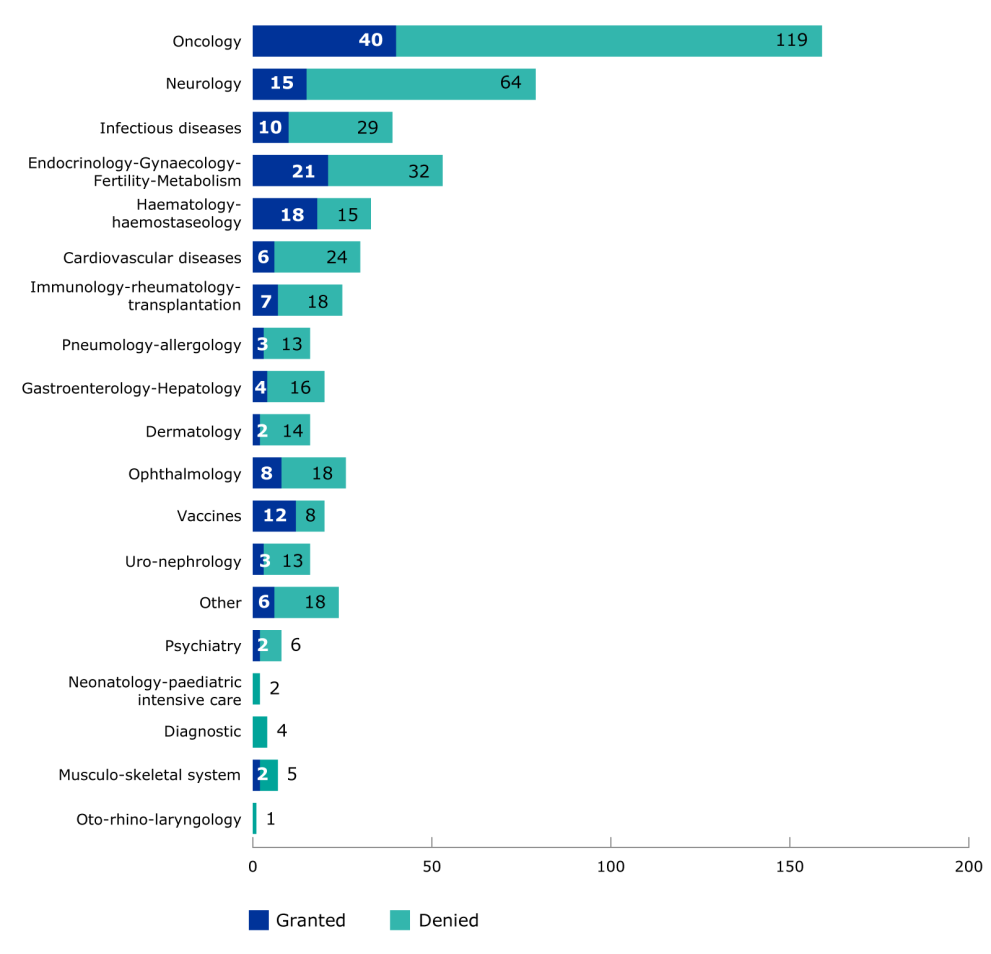PRIME: priority medicines
PRIME is a scheme run by the European Medicines Agency (EMA) to enhance support for the development of medicines that target an unmet medical need. This voluntary scheme is based on enhanced interaction and early dialogue with developers of promising medicines, to optimise development plans and speed up evaluation so these medicines can reach patients earlier.
HumanEarly accessRegulatory and procedural guidanceResearch and development






